Personality and Temperament
With a short tail and a wild appearance, the Pixie-Bob cat is certain to captivate your imagination while simultaneously capturing your heart. Even though these cats appear exotic, they are now 100% domestic: DNA testing has shown that contemporary Pixie-Bob cats have no wild bobcat blood.
Pixie-Bob cats are extremely friendly and sweet natured, with a fondness for all family members including kids, other cats, and well-behaved dogs. Speaking of dogs, many families who count Pixie-Bob cats as members compare them to canines in terms of personality. These kitties are loyal to a fault, and some of their favorite games are similar to the ones dogs enjoy. For example, Pixie-Bob cats love to play fetch, they enjoy walking on leashes once they learn how, and unlike most cats, they have a tendency to appreciate the opportunity to ride in the car alongside their family members.
If you're looking for a big, playful cat with an unusual appearance and an outstanding personality, the Pixie-Bob may be the companion you've been searching for.
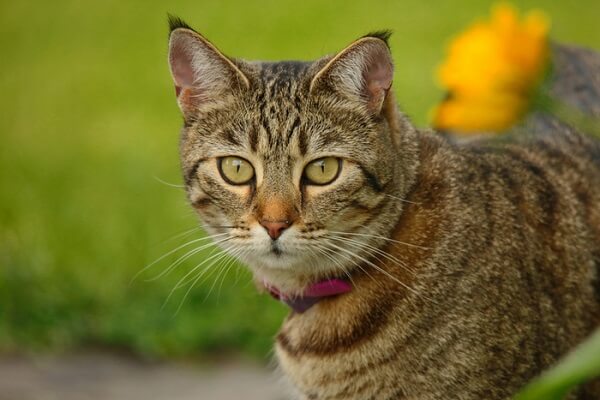
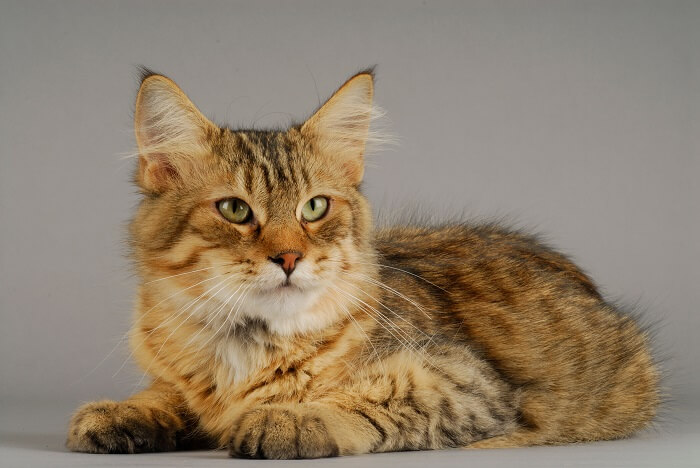
Care
Nutrition
Grooming
Exercise
Health
Pixie-Bob cats can be quite large, meaning they often need more calories than the average cat. These kitties thrive on a high-quality diet that's high in protein and low in carbohydrates, with real meat or fish as the primary ingredient.
Pixie-Bob cats tend to have thick, luxurious coats. While they take care of daily grooming on their own, these kitties benefit from once or twice weekly brushing sessions aimed at removing loose hair that can contribute to hairballs and contribute to excess shed fur on your furniture and clothing.
You might want to teach your cat to accept toothbrushing from a young age, and you may also wish to teach them how to have their nails clipped. Regular nail clipping will save your furniture, your clothing, and your skin. Even though these cats don't mean to cause damage, their size and high level of activity mean that accidents are likely to happen. Regular nail trimming is a big help.
Even though Pixie-Bob cats have a strong appreciation for comfortable beds and naptime, they spend their waking hours engaged in physical activity aimed at keeping you entertained while satisfying their natural urge to run, jump, and climb. It's important to provide plenty of enrichment for these cats. Even if you can't build a catio outdoors, you'll want to provide your Pixie-Bob cat with at least one big, strong cat tower that's equipped with a large platform on top.
You'll also want to provide scratching posts and an ample supply of toys. Focus on toys that satisfy your cat's curious nature as well as those that are durable enough to withstand a big cat's undivided attention.
Pixie-Bob cats typically enjoy good health. Some males have cryptorchidism – an issue that can be resolved with surgical neutering, but that renders a cat unsuitable for showing as an intact male.
These kitties are naturally big, however if they become lazy, they can be prone to obesity. It's very important to provide opportunities to exercise and to ensure that the diet contains no excess fillers and promotes good health.
History
As rumor has it, the Pixie-Bob cat breed got its start when a barn cat and a coastal bobcat had a litter of kittens together. Even though today's Pixie-Bob cats have no while Bobcat DNA, their size suggests that there might be something to this old story.
The first records of Pixie-Bob cats come from Carol Ann Brewer of Mount Baker, Washington. In 1985, she bought a male cat with a short tail, a spotted coat, and polydactyl paws. The following January, she rescued a starving male cat that weighed in at 17 pounds even though it was skin and bones. This cat, named Keba, also had a bobtail and was rumored to have been produced as a result of a meeting between a domestic female cat and a male Bobcat.
Keba mated with a neighbor's brown tabby female cat and in April 1986, that Queen had kittens. Brewer kept one of the females and named her "Pixie." The following year, Pixie became a founding member of the Pixie-Bob breed.
For the next few years, Brewer searched for cats that were believed to be the result of naturally occurring meetings between domestic cats and wild bobcats. She added 23 of them to her breeding program in all, using the term "Legend cats" as a trademark. Other breeders joined the effort, collaborating with Brewer to form a broad genetic pool. Eventually, today's Pixie-Bob breed was fully developed.
Carol Ann Brewer led efforts to register the new breed. The International Cat Association granted recognition in 1993 as part of the exhibition category. In 1996, TICA granted new breed and color status. In 1998, the Pixie-Bob cat was finally granted championship status.
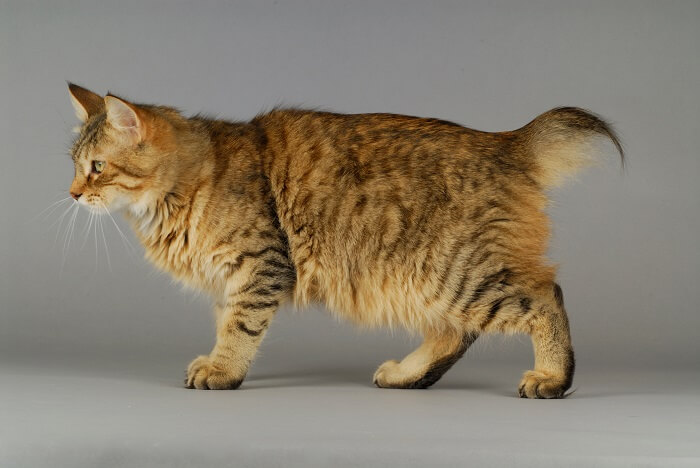
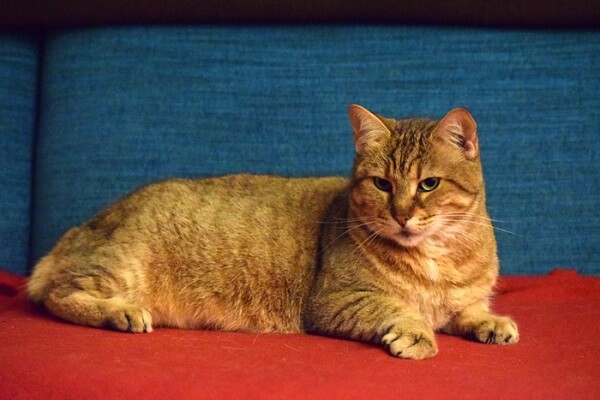
The Breed Standard
Eyes
Legs & Paws
Tail
The Breed Standard
Body
Head
Ears
Coat
Color
FAQ
How much does a Pixie-Bob cat cost?
Pixie-Bob cats cost between $1800 - $3000.
How big do Pixie-Bob cats get?
Pixie-Bob cats tend to be medium in size. A fully grown Pixie-Bob cat might weigh between 8-18 pounds or more and range in height anywhere from about 10"-12" inches tall.
How long do Pixie-Bob cats live?
The Average lifespan for Pixie-Bob is 13-16 years.
Do Pixie-Bob cats shed?
Pixie-Bob are short-haired cats. Therefore, they do not shed as much as long-haired cat breeds.
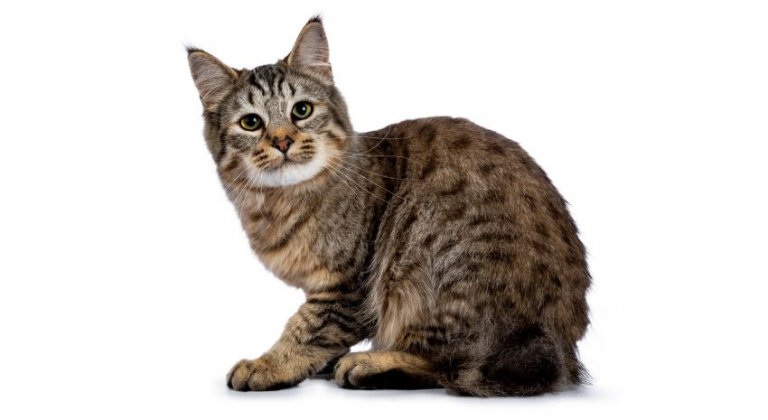
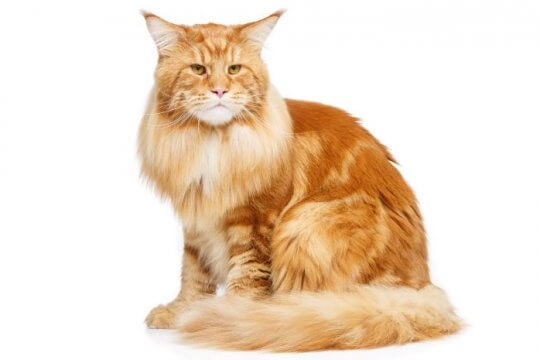
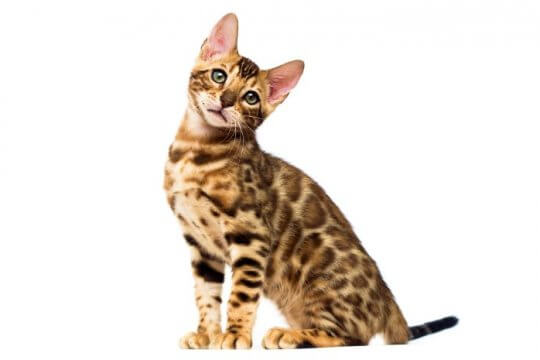
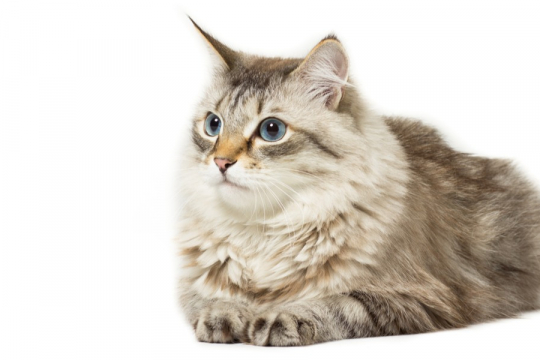
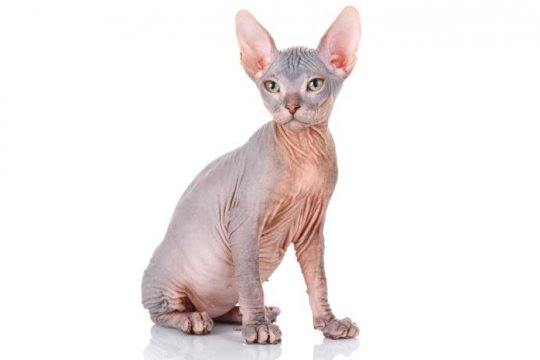
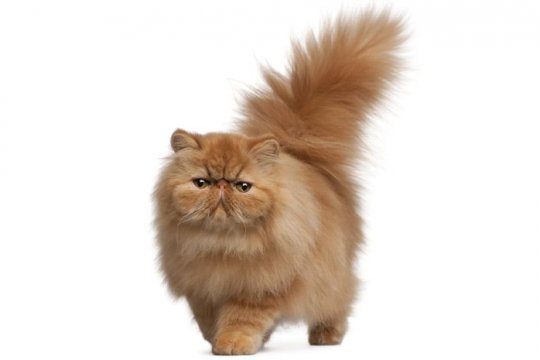
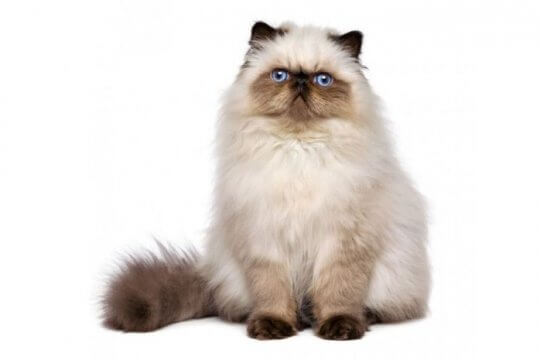
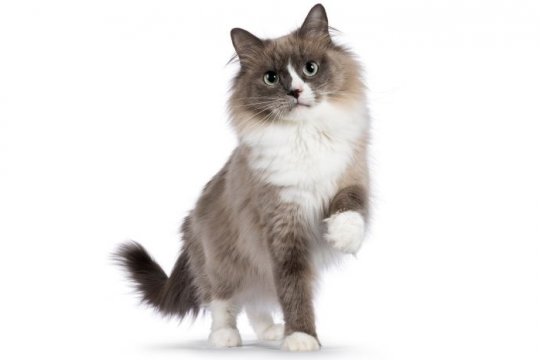
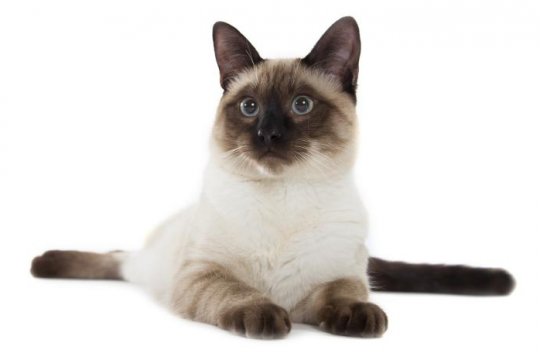
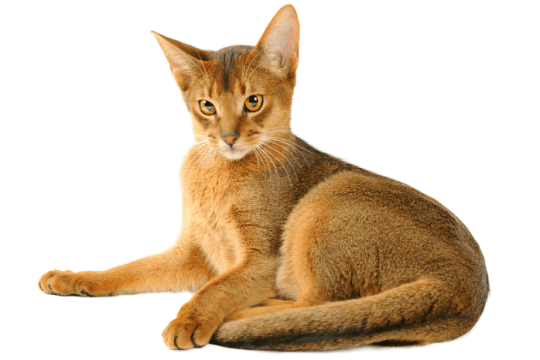
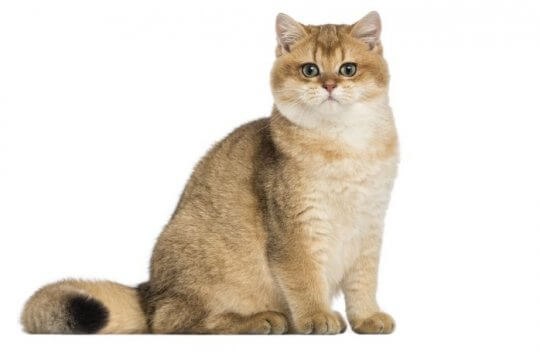
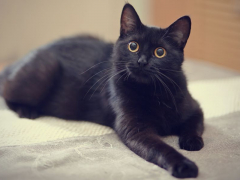
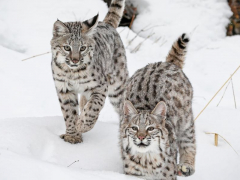
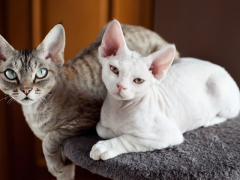
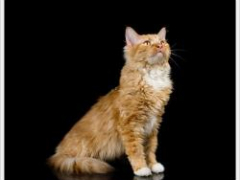

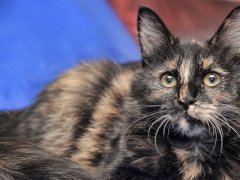


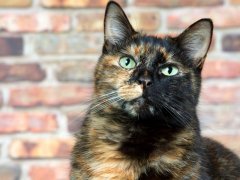

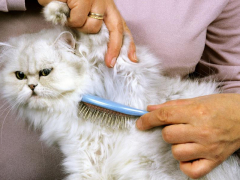
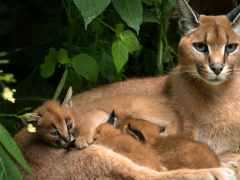
My cat has all the markings of the specks of a Pixie; she just showed up one day and found her self a home!! Love her dearly super smart and dog like follows me around and pay attention to everyone and everything very lovable and sweet but a ball of fire at times Demands attention !!! Chirps and grals especially when aroused from sleep ; starting to turn blue eyes already have
How do they compare to Maine Coons cats? Those are like dogs, too, follow their owners around, etc. I don’t know about playing fetch.
Hey Emilie, there are certain behavioral similarities between the two, and both are described as doglike, but Pixie-Bobs tend to be more energetic than Maine Coons. You can see a little more details in a side-by-side comparison here.
You will not be disappointed. Yes, they fetch. Yes, they walk on leash. Yes, they make the most adorable little sounds. Yes, they understand commands.
I’ve owned cats all my life. I will never get another breed. Simply the best!
has anyone seen a white,blue eyed flamed point simeese pixie bob cat?
Hi Toni, no. A cat with that description would not be a Pixie-Bob. The breed will always have a brown tabby coat.
I have one from a very reputable breeder with whom I’ve purchased before. He’s also polydactyl on all for legs. Yes, he looks Siamese, but I have names of mother and father – father is grand champion.
He makes noises like my regularly colored Pixie Bob, and acts just like my regular pixie bob. Definitely pixie bob in behavior.
Very curious. Breeder says she gets litters with one of these occasionally. If cat acted like siamese, I would question it. He does not. Definitely pixie bob in behavior – just like my regular colored pixie bob. And he looks just like all the pixie bobs you see pictured – same build. He’s a big guy. 15lbs at one year of age. Supposed to grow till about four or five.
I can’t explain it. I will say my breeder’s stock is directly from original breeder – Brewer, who has passed on.
Hmm, interesting! thanks for sharing!
We have one. Polydactyl.kinked tail. Chirping sounds. But flame point ragdoll colors
I have one. Definitely Pixie Bob as looks and acts just like my regularly colored Pixie. From breeder whose stock originally came from Carole Brewer, breed’s originator.
One year old male. 15 ills. Dad Grand Champion. Makes those absolutely wonderful little noises – like chirps, well, can’t really describe it. Sweet, gorgeous, yes, odd. Walks on leash, loves to retrieve, runs around like a maniac in the am. Follows me around like a dog, if I tell him to.
No, I can’t explain it.
I have a white pixie Bon with sable points very blue eyes 15 weeks